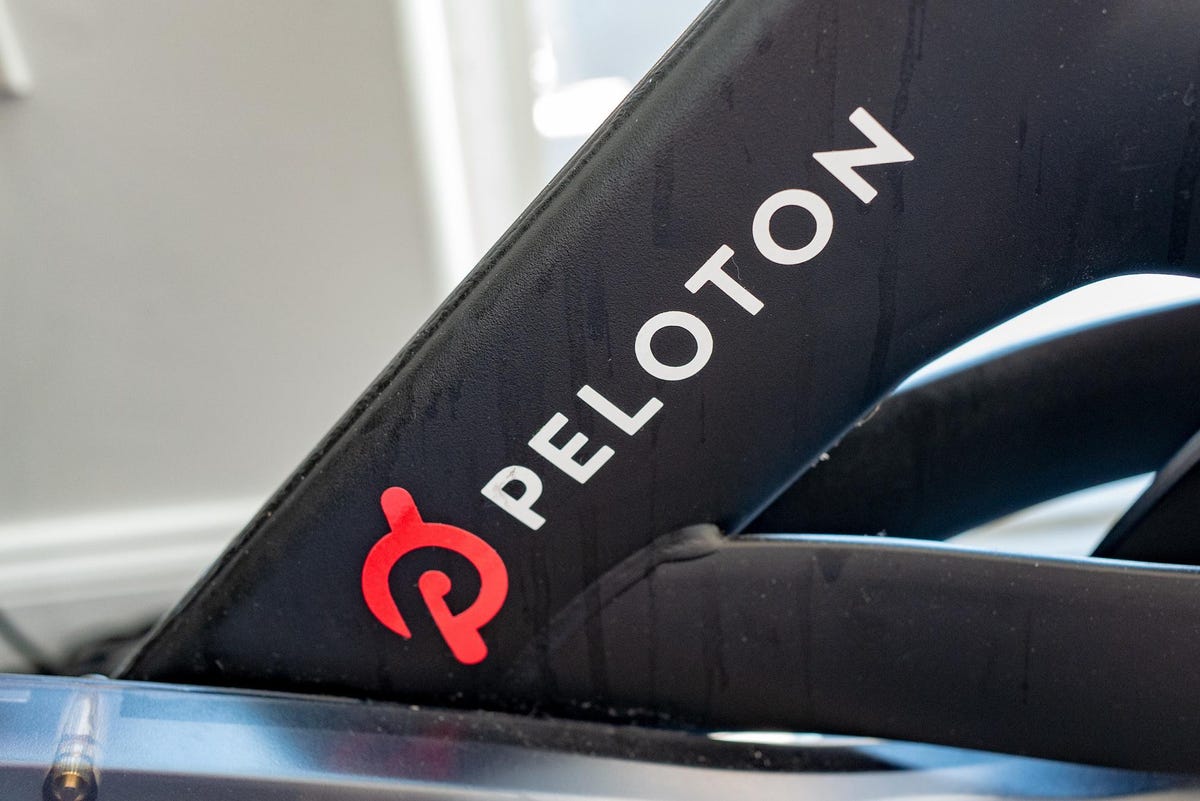
The circumstances that fueled the Peloton pandemic pandemonium have changed, and they appear to be … [+]
Peloton, the pandemic poster child has hit the skids. Subscription rates are down, and subscribers are working out less frequently, down from a high of twenty-six times per month to its current 16.6 times. In early November it adjusted its fiscal 2022 sales to $4.4 billion, down from the previous quarter, when they had been predicting revenue of $5.4 billion. The company expects to have 3.45 million connected fitness subscriptions by the end of their fiscal year in June 2022, which was revised downward from 3.63 million. The stock has dropped from $126 per share in July, down to Tuesday’s closing of $41.78, the kind of slimdown nobody wanted.
Clearly Peloton has been impacted by a combination of factors that mirror many brands and manufacturers during these turbulent times. Supply chain pain, increases in raw materials, manufacturing, and delivery costs among them. However, Peloton appears to be suffering from an inverse of the supply and demand imbalance seen across other consumer goods manufacturers. The circumstances that fueled the Peloton pandemic pandemonium has changed.
The pandemic lubricated Pelotons cult-like following. It gave their followers a purpose, and a community to become immersed in. As we are slowly immerging from our bunkers to discover what post pandemic life might be about, we are yearning for things and activities that we were denied during the lockdowns. Even in my own workout regimen, when I came back to my local YMCA, back in April, it was like a private club. In the last month it has been repopulated with many sweaters.
Rounding Out the Offerings
Like all brands that launch with a popular product, there must be follow-ups to maintain growth. Peloton has introduced a flurry of new products since the launch of their instructor led fitness craze which began nearly a decade ago; January 2012, to be exact. The once described “Netflix
Most recently Peloton introduced its $495 TV set-top-box with camera that guides users exercise programs. The movement tracker feature aids in determining if the user is doing an exercise such as a dumbbell curl correctly. It shows the user’s form during a workout and compares that with the on-screen instructor. The Peloton Guide devise also gives users access to a video library of strength training classes utilizing AI technology to provide feedback to its users.
MORE FOR YOU
Keeping It Real
This week it was announced that the Peloton will add a boxing program to their fitness offering, making it the latest “add-on” to attempt to rekindle the love, and get more folks sweating at home again. The new training program can be sourced on the Peloton app, bike or treadmill touchscreen. And while the program is more accurately described as “shadow boxing” (sans gloves, punching bag, etc.) it is being led by some authentic “heavy weights” Selena Samuels, Kendall Toole, and Rad Lopez.
This latest product offering reminded me of a Steve Jobs quote from my book, referencing the “dos and don’ts” of brand management. Jobs said “deciding what not to do is as important as deciding what to do” when referring to how Apple
One can hardly fault Peloton from building on its reputation for great cardio work out. That said I felt a tad squeamish reading about the shadow boxing program and wondered how Steve Jobs would have felt about that decision. Does it enhance the overall brand value of the company, or does it come off as token, or gimmicky?
Peloton appears to be at a crossroads and will need to carefully guide their ship through the choppy waters of “new normalcy.” The temptation might be to try an array of tactics to retain their following, as well as sustain growth. It remains to be seen as to whether this latest move has them punching below their weigh.







